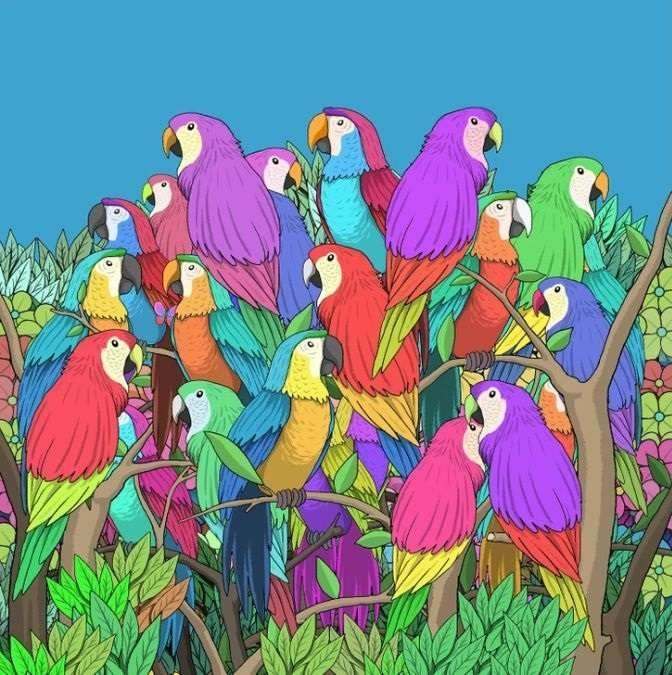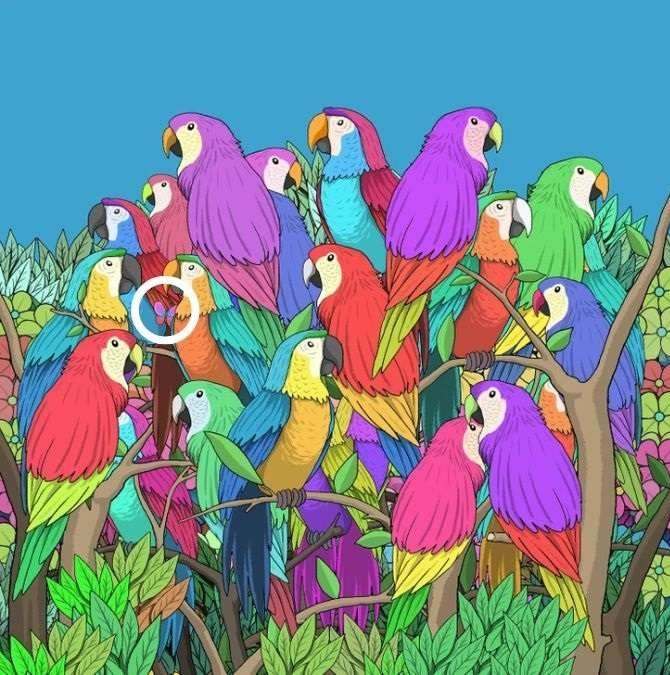Did you know optical illusions expose the limitations and biases of our visual system? These illusions show that our perception isn't a perfect reflection of reality but rather an interpretation constructed by the brain. Illusions can be used to study how the brain processes information, including attention, memory, and decision-making. By observing how the brain reacts to illusions, psychologists can gain insights into these underlying cognitive mechanisms.
Studying illusions helps researchers develop models of how the visual system works. Understanding and exposure to optical illusions can aid in various fields, such as art, design, and even the development of self-driving cars. In art, illusions can be used to create visually striking and thought-provoking works. In technology, understanding how the brain filters information can inform the development of more efficient AI systems, like those used in self-driving cars.
Optical illusions are visual images that are designed to trick your eyes and brain into seeing something that is not there in reality. It plays with your perception and past experiences, which leads to misinterpretation of visual stimuli. Psychologists study optical illusions to understand how the brain processes visual information and constructs our perception of reality. Illusions reveal how the brain fills in gaps or makes assumptions based on past experiences and expectations.
Today, we have an optical illusion that will test your visual acuity to the max. Can you see a butterfly camouflaged among the parrots in 23 seconds? Let's see!
Visual IQ Test: Spot a butterfly hidden among parrots in 23 seconds!

This optical illusion will test your visual acuity and the ability to notice subtle anomalies in a given time limit.
You will get 23 seconds to solve this optical illusion and flex your visual power.
Start by scanning the image from left to right and top to bottom. Pay close attention to any shapes or patterns that stand out from the parrot's appearance.
Remember that butterflies have dinstict wings, typically with rounded edges and patterns that are different from feathers.
Look for areas where the parrot's colours and patterns might create the illusion of a butterfly's wing shape.
Shift your focus from the parrots and scane the image slowly.
If you are having trouble, try slightly squinting your eyes or using your peripheral vision.
Also try to view the image from a different angle.
Give yourself time to process the image and avoid getting frustrated if you don't find it immediately.
Any luck so far spotting the butterfly?
Answer revealed!
If you spotted the butterfly in the given time limit, you have shown exceptional observational prowess and the ability to spot hidden details that most people miss. Scroll down to see where the butterfly is hidden.

Comments
All Comments (0)
Join the conversation